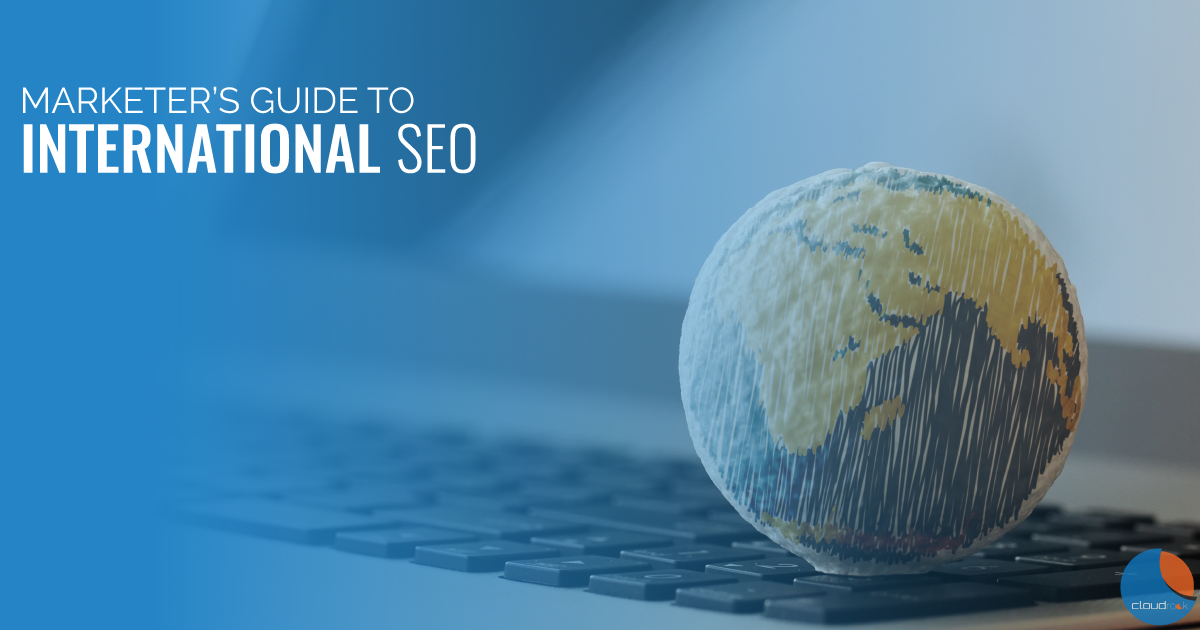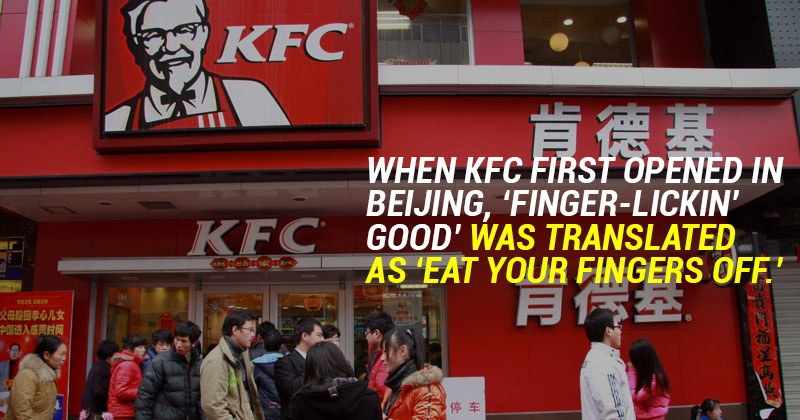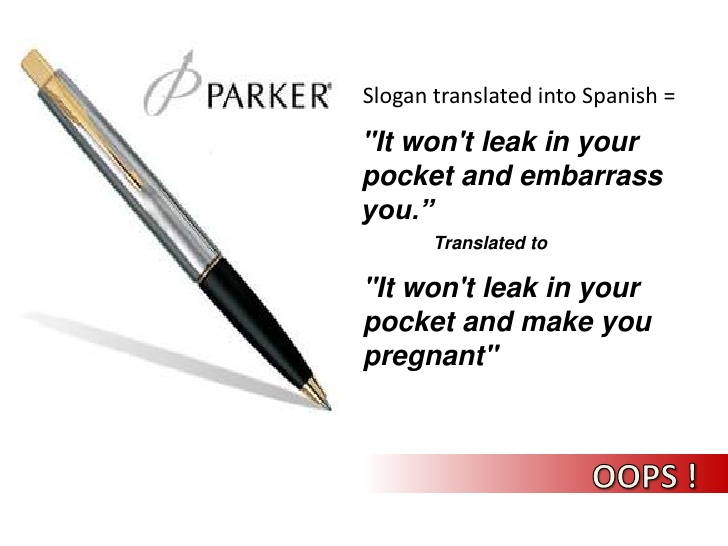International SEO is not for the faint-hearted marketing manager. It is difficult, costly and time-consuming.
But the rewards of a well-executed international SEO campaign can be great for the right business. With 39% of the global population already online and 67% of the buyer’s journey done digitally, businesses can now reach customers around the region or across the globe more easily than ever before.
WHAT IS INTERNATIONAL SEO?

International SEO refers to the practice of optimising for search engines across various countries. Although Google has the most market share, international SEO may or may not be limited to Google.
In order to competently execute global SEO campaigns, an SEO company needs to be familiar with the different customs, behaviour, competition levels and content requirements in the various countries.
For example, in China, website visitors expect links to open in a new tab whenever it is clicked. In Germany and most other EU countries, you need to make your privacy policy obvious so that visitors would know that their privacy is protected and they feel secure browsing your website.
SHOULD YOU DO INTERNATIONAL SEO?
Unless you’re a local business such as a hairdresser or a doctor, you may have considered marketing internationally at one point or another (especially if you’re a Malaysian business struggling with the weakened ringgit).
The Asia Pacific (APAC) region is a particularly exciting area to be doing business in right now. 63% of large companies (more than 500 employees) in Asia are planning to undergo a digital transformation.
When Should You Start Worrying About International SEO?
International SEO may be a logical next step for you if:
- You want to build brand awareness across different geographical regions; or
- You potentially have a global customer base; or
- You are already operating in multiple countries; or
- The local market is too small for you; or
- You have additional resources to look into a global SEO programme
If you think you’re not yet ready for international SEO today, but may consider it in the future, then you can just start securing your ccTLDs for now.
CONDUCT GLOBAL SEO RESEARCH
Audit Your Global SEO Potential
Marketing internationally is not a decision to be taken lightly. Unlike you offer intangible services such as Internet marketing, there might be many hurdles to overcome before you can sell your wares in another country.
Assuming that business concerns such as logistics and legal issues are taken care of, then you would want to determine which countries you want to start marketing to with SEO.
A good place to start would be the Location breakdown in your Google Analytics account. Where are most of your current visitors from? What pages do they visit once they are on your site?

Conduct Keyword Research for Each Country
There could be subtle but significant differences in terminology across different countries.
For example, the term ‘share market’ is more commonplace in India than ‘stock market’. In Malaysia, the term ‘global SEO’ is favoured over ‘international SEO’.
We always conduct the necessary keyword research before creating website content intended for a global audience. We never take for granted that the keywords you target in your home country will be the same in other countries.
More Search Engines than Google
While most of us use Google for most of our, well, googling, you should be aware that it’s not the only search engine in town.
Baidu is the most popular search engine in China while Yandex reigns supreme in Russia.

Each of these search engines will have their own algorithm and idiosyncrasies which means that your SEO strategy will differ.
DETERMINE YOUR WEBSITE STRUCTURE
This will be one of the first and most important decision that has to be made when executing global SEO campaigns.
And unfortunately, the decision may have already been made without consultation with the global SEO company or even before you decided that you wanted to do SEO globally. With regards to the latter, let’s say that your company is based in Malaysia and when it built its first website ten years ago, it decided to get the example.com.my ccTLD. Your options then becomes limited. We’ll tell you why in the next section.
In most cases, you essentially have three options when determining your website structure.
These are:
- Country Code Top-Level Domains (ccTLDs)
- Sub-folders
- Sub-domains
Let’s go into the pros and cons of each.
Country Code Top-Level Domains (ccTLDs)
ccTLDs refer to root domains that are reserved for a particular country such as cloudrock.com.sg or cloudrock.sg or cloudrock.com.my.
Advantages of ccTLDs Structure
- Greatest Geolocation Signal – This method makes it easiest for search engines to identify the geographical origins of a particular site.
- No Single Point of Failure (Potentially) – If you set up your hosting infrastructure right, you can avoid situations where having one site crashed or hacked will affect every other site.
- Google Penalties on Individual Sites – If one of your sites gets hit by a Google penalty, it will not affect your other sites.
- Local IP Address – You’re able to host in the local countries, thus ensuring a local IP address for each of your sites.
Disadvantages of ccTLDs Structure
- Registration Issues – Can be difficult to register ccTLDs for other countries. For example, Chinese domains require proof of a registered local company and other documentation before it can be approved.
- Individual SEO Strategy – You will need to create SEO strategies for each domain individually, driving up the time and costs for doing SEO in each country.
- Domain Authority Doesn’t Stack – Since Google sees each domain as separate entities, your domain authority has to be build from scratch each time you expand to a different country.
- Separate Costs for Each Domain – There will be additional domain registration costs, hosting costs etc for each country.
Sub-folders
The sub-folder method entails using country or language targeted subfolders such as cloudrock.asia/sg (Singapore-targeted site) and cloudrock.asia/my (Malaysia-targeted site).
This means that your top-level domain has to be a generic domain (also known as gTLDs or Generic Top-Level Domains). For example, .com and .asia are considered generic domains. These domains are not targeted to a particular country.
If let’s say your company decided to use example.com.my as their main domain, can they still use the subfolder structure to execute their global SEO strategy? For instance, using example.com.my/sg to target Singapore.
Well, technically you can, but it’s like swimming upstream. The time, effort and money will outweigh any benefits you may get from the sub-folder structure.
If you’re stuck with a ccTLD as your main domain, we have two suggestions:
- Go with the ccTLDs structure for international SEO
- Keep your main ccTLD for your home country and get a gTLD as the foundation of your international SEO programme
Advantages of Sub-folder Structure
This is the structure that we use for our own website and we love it for several reasons:
- Domain Authority Stacks – This means that if you build up the authority of your root domain, it will help with your SEO in other countries as the DA will flow down to the sub-folder.
- Build Strength Over Time – The longer you do SEO, the stronger your main domain will become, making it easier for you to expand to other countries.
Disadvantages of Sub-folder Structure
- Technically Challenging – Every website in your international network will have to share one server. If your server crashes, all your sites will go down. There are other concerns as well when sharing resources across one domain.
- Google Penalties Can Kill You – This is the flip side of DA stacking. If your root domain gets hit with a Google penalty, your entire network may be penalised.
Sub-domains
Sub-domains are separate sites that are affiliated with your main site such as sg.cloudrock.asia or my.cloudrock.asia.
Advantages of Sub-domain Structure
- Local IP Address – You’re able to host in the local countries, thus ensuring a local IP address for each of your sites.
- No Single Point of Failure (Potentially) – Similar to the ccTLD structure, ff you set up your hosting infrastructure right, you can avoid situations where having one site crashed or hacked will affect every other site.
- Bypasses Registration Issues of ccTLDs – It’s easier for you to create a new sub-domain that it is to register a new domain.
Disadvantages of Sub-domain Structure
- Neither Here nor There – We don’t like using sub-domains for global SEO as the structure offers neither the geotargeting strength of the ccTLD approach nor the DA growth of the sub-folder approach. We feel you get all the hassle and additional cost of the ccTLD approach without the geotargeting benefits.
- Individual SEO Strategy – You will need to create SEO strategies for each domain individually, driving up the time and costs for doing SEO in each country.
- Domain Authority Doesn’t Stack – Since Google sees each domain as separate entities, your domain authority has to be build from scratch each time you expand to a different country.
- Separate Costs for Each Domain – There will be additional domain registration costs, hosting costs etc for each country.
When to Use ccTLD, Sub-folder or Sub-Domain?
At the risk of oversimplification, our recommendations are:
Use ccTLDs if you are a large enterprise, with reasonable brand recognition and the budget to embark on individual SEO strategies for each country.
Use sub-domains if you’re unable to register ccTLDs and if you’re worried about IT infrastucture issues such as your server crashing due to a large traffic spike.
Use sub-folders if you’re in any other situation. Your SEO fcompany needs to have experience in this approach though as one mistake can cost you, quite literally, everything.
LANGUAGE VS COUNTRY TARGETING
Now that you have done your research, the next step is to determine whether you want to execute your global SEO programme by targeting languages or country.
Language Targeting
Let’s say that you discover you have a lot of website traffic from people who speak Spanish. These visitors come in equal measure from Spain, Costa Rica and Argentina. You may decide to use language targeting as creating multiple sites for these countries will take too much effort and offer too little returns.
For example, there is too little differentiation in the products and services you’re offering between these countries to warrant individual sites.
You can use the sub-domain or sub-directory structure for language targeting. Here are some examples:
- cloudrock.asia/es: For Spanish-speaking users using sub-directory method
- cloudrock.asia/ms: For Malay-speaking users using sub-directory method
- es.cloudrock.asia: For Spanish-speaking users using sub-domain method
- ms.cloudrock.asia: For Malay-speaking users using sub-domain method
Country Targeting
If you’re like most of our clients and are looking to expand across the Southeast Asia (SEA) region, then we would recommend using country targeting.
With this method, each country will have its own website and localised content. They may or may not be all be in the same language.
You can use ccTLDs, sub-folders or sub-domains to execute global SEO programmes targeted by countries.
- cloudrock.asia/es: For users residing in Spain using sub-directory method
- cloudrock.asia/my: For users residing in Malaysia users using sub-directory method
- es.cloudrock.asia: For users residing in Spain using sub-domain method
- my.cloudrock.asia: For users residing in Malaysia using sub-domain method
- cloudrock.es: For Spanish users
- cloudrock.my: For Malaysian users
Of course, you can employ both country and language targeting simultaneously as well.
IMPLEMENT HREFLANG CORRECTLY
Within a short period of time, hreflang tagging has become synonymous with international search engine optimisation operations.
It sounds simple enough in theory, but you would be surprised at how many sites get it wrong.
The hreflang tag is used to tell search engines the language and location of a particular page.
The use of the hreflang tags (a) ensures the correct, geo-targeted version of your website shows up in the correct search engines and (b) prevents duplicate content issues.
Here’s an example of the hreflang tags on our home page:
- link rel=”alternate” href=”https://cloudrock.asia/” hreflang=”en”
- link rel=”alternate” href=”https://cloudrock.asia/sg” hreflang=”en-sg”
- link rel=”alternate” href=”https://cloudrock.asia/my” hreflang=”en-my”
The hreflang tag must specify which language you are targeting. Countries are optional. They should be in the format hreflang=”language-country”.
The language attribute must comply with the ISO 639-1 format while the country attribute must be in the ISO 3166-1 Alpha 2 format.
The hreflang tags need to have return links. This means that each URL needs return links to every other URL. We need to place all three tags above in our generic home page (cloudrock.asia), Malaysian home page (cloudrock.asia/my) and Singaporean home page (cloudrock.asia/sg). If you have a 100 country websites, then each page needs 100 hreflang tags pointing to each other.
As you can imagine, it can get very tedious and confusing very quickly.
The hreflang tags must also be self-referential and link to its own page or else it won’t work.
LOCALISE CONTENT FOR EACH COUNTRY
As you probably would have guessed by now, the content for each country will have to be localised.
If the main language in the country you’re targeting is not English, seriously consider creating content in its native language. Avoid using automatic translation apps such as Google Translate though since the translations contain too many errors.
Even if the main language for both countries are in English, you should watch for differences in how terms are used.
For example, there are obvious differences between English (US) and English (UK) such as the use of ‘s’ and ‘z’ in words such as, well, ‘localise’ and ‘localize’.
LOCALISE ON-PAGE ELEMENTS
We also have to localise all of your on-page elements for each country. This includes:
- Meta title tag
- Meta description
- Alt tags for images
- Heading tags
- Internal link anchor texts
- URLs and more
Your on-page optimisation has to be executed on a country-by-country basis to ensure that googlebot doesn’t get confused.
If you have a blog that you want to populate across all your countries (such as us), then we have ensure that each blog post is optimised correctly according to the country it is in. As you can imagine, the work scales up very quickly.
LOCALISE LINK BUILDING EFFORTS
Once we have created your localised content, it’s time to start building links to your site. The methodology is still the same, but it would take more time as we will need to find more localised blogs or websites to build links.
If the project is in a different language, it may be a good idea to hire a freelance native speaker to help you with the outreach or translation.
As mentioned, this is where the sub-folder website structure can save you a lot of time and money. You can create most of your links to your root domain (e.g. cloudrock.asia) to build its authority and it will flow to the country subfolders (e.g. cloudrock.asia/sg).
OTHER INTERNATIONAL SEO CONSIDERATIONS
Don’t Sweat the Location of Your Hosting
The location of your server is no longer a major concern. It might have been in the past, but don’t worry too much about it.
Of course, you would be able to deliver a faster website experience if you were to host each site in its respective countries. From a purely SEO standpoint, Google doesn’t weigh the location of your hosting heavily enough to warrant the additional expense.
Also, insisting that each website is hosted in their respective countries will prevent you from using the sub-folder website structure to build your website.
Reserve Your Local Domains
You should start reserving your ccTLDs in the countries you’re planning to market in immediately. If you haven’t already, stop reading and do it now. Even if you’re not using the ccTLD website structure to drive your global SEO strategy, you want to reserve them to protect your brand.
Some countries will have their own requirements and will take some time and effort to register so don’t leave it to the last minute before getting them.
Watch Your Automatic Translations
Automatic translations such as those from Google Translate are typically full of mistakes. Googlebot may sometimes see those translations as spam.
It’s even worse from a branding standpoint as the grammatical errors will make your brand look cheap and careless.
Or as KFC, Parker Pen and many other brands show, it can make you look outright silly.


Manual translation is still the best way to internationalise your content but it is a tedious and expensive process. You don’t have to do it all at once though.
READY TO START YOUR GLOBAL SEO CAMPAIGN?
Global SEO isn’t a walk in the park but the rewards can be fantastic. It’s also not a decision that you should take lightly. It’s never too early to start preparing for it and we recommend that you should talk to an experienced team of SEOs if you have any designs on international expansion in the near future.
